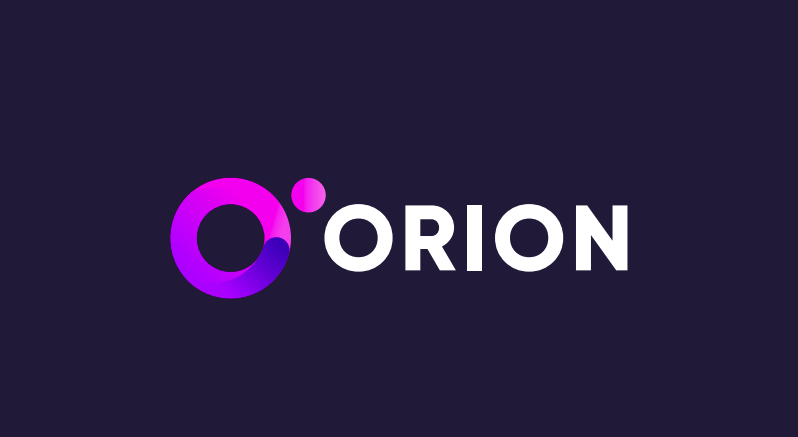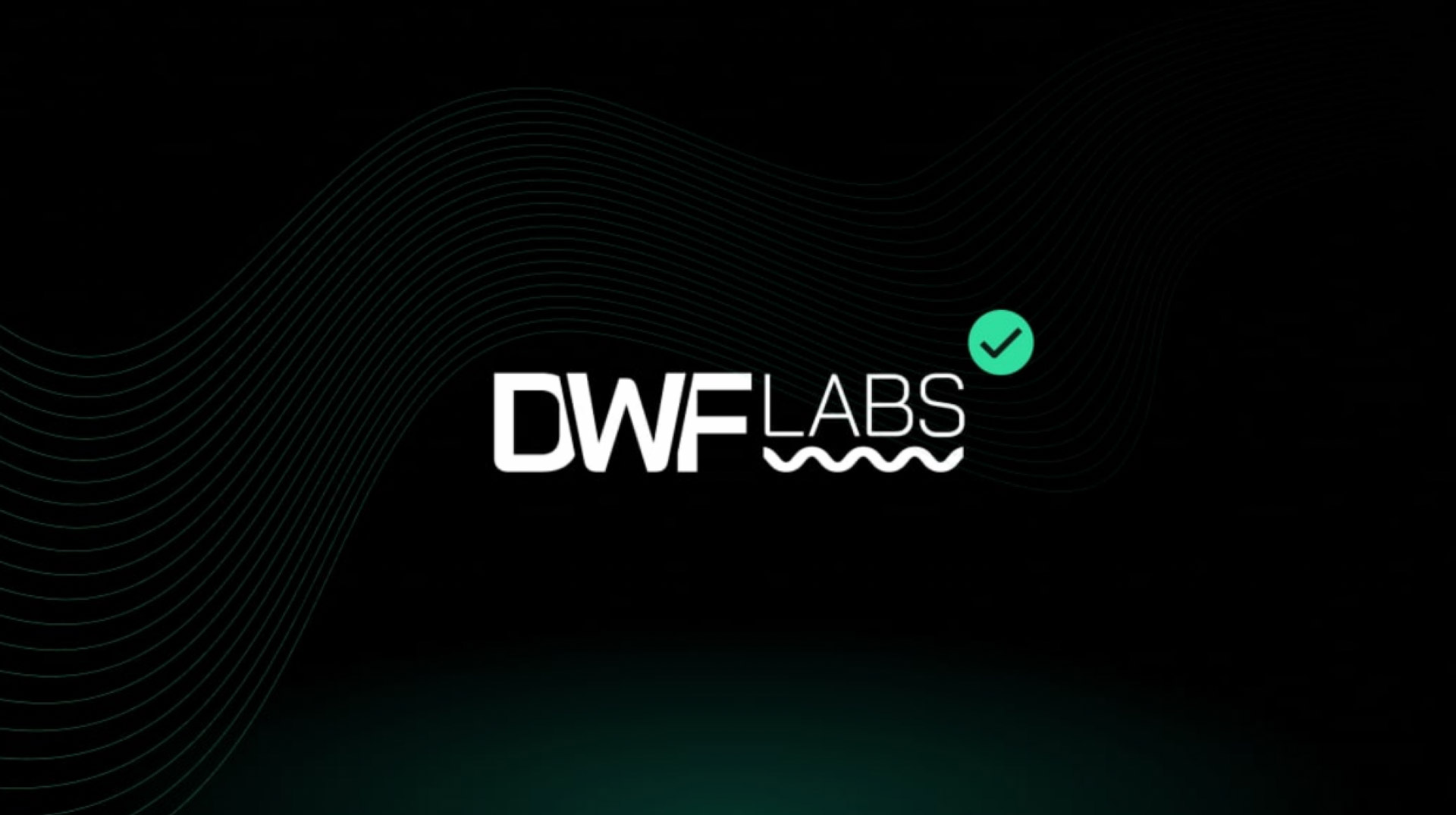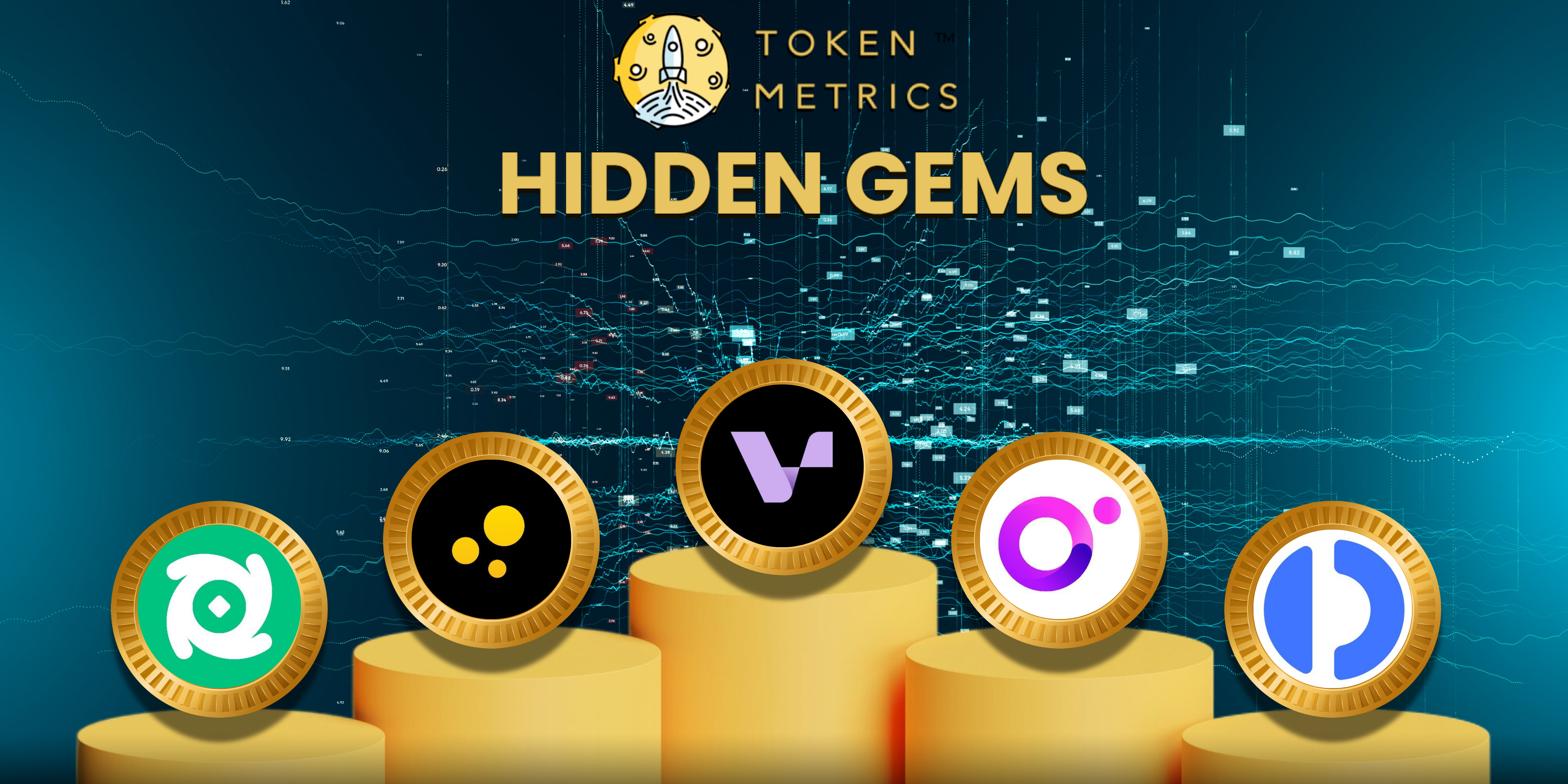Executive Summary

Orion Protocol offers a comprehensive platform aggregating liquidity from leading centralized and decentralized exchanges, providing extensive access to the cryptocurrency market. As a decentralized platform, Orion Protocol consolidates the liquidity of the entire crypto market into a single interface. This approach goes beyond merely collecting price data from various sources; it enables users to execute trades directly through the platform, accessing liquidity from any selected market.
About the Project
Vision – To connect the vast liquidity of centralized and decentralized exchanges directly from the wallet and provide the best prices.
Problem – Currently, the crypto exchanges are not connected, limiting liquidity between them. This creates problems for users looking for a seamless and easy experience.
Solution – Orion is a liquidity layer that facilitates seamless understanding, comparison, and trading across various platforms. Rather than positioning users in a single marketplace, Orion places them at the heart of the crypto universe’s most extensive and interconnected trading hub.
Designed to serve crypto users, traders, and investors alike, Orion Protocol is a pivotal tool for navigating the complexities of multi-chain trading environments. Its potential to streamline inter-chain transactions amid the anticipated market expansion underscores its value proposition and capacity to meet participants’ evolving needs in the crypto ecosystem.
Features
- Unique Liquidity Aggregator: Orion Protocol’s standout feature is its integrated aggregator, which enables users to access multiple exchanges from a single platform. This aggregator provides traders with spot prices for any supported cryptocurrency by combining the best features of both centralized and decentralized platforms.
- Internal Price Matching Engine: Traditionally, users depended on third-party brokers to match orders across different cryptocurrency exchanges, leading to increased dependency risks and longer execution times. Orion Protocol addresses this by efficiently matching orders peer-to-peer using its internal decentralized exchange (DEX). Leveraging its extensive internal database, Orion Protocol aims to minimize trading risks while offering nearly instant execution.
- Non-Custodial Platform: Unlike traditional platforms that control user wallets and restrict direct external transfers, Orion Protocol empowers users by allowing them to control their funds. This approach reduces the risks associated with hacking, theft, and downtime by enabling direct transfer of cryptocurrency to external wallets after purchase.
- Cutting-Edge Technology: Orion Protocol leverages advanced technological capabilities to provide fast order execution, ensure optimized price feeds, and support seamless execution of complex swaps. These features collectively elevate the trading experience, ensuring efficiency and reliability for users across diverse market conditions.
- Community Empowerment – Besides its technological prowess, Orion Protocol prioritizes community empowerment. Users can actively engage in token listing processes, contribute to liquidity pools, and use referral programs to redistribute transaction fees. This inclusive approach fosters a vibrant ecosystem and incentivizes community participation and rewards, enhancing the platform’s overall utility and user satisfaction.
Market Analysis
Since its inception, blockchain technology has experienced remarkable growth, reaching a market valuation of $1.6 trillion, with optimistic forecasts indicating sustained expansion. Despite the proliferation of decentralized exchanges (DEXes), the fragmentation of blockchain networks poses persistent challenges for users. The lack of interconnectedness among DEXes further exacerbates these challenges, hindering fluid asset transfers between disparate blockchain networks.
As industry analysts predict continued rapid growth in the cryptocurrency market, Orion Protocol’s capability to facilitate cross-chain trading assumes increasing importance and relevance. By aggregating liquidity from diverse exchange platforms, Orion Protocol functions like a comprehensive search engine for crypto prices, enabling traders to access optimal exchange rates in real time across multiple markets.
Investors

Token
As per the recent proposal by the Orion Protocol, they are transitioning from their original $ORN token to $LUMIA token. The details haven’t been disclosed yet.
The $ORN token was integral to the Orion ecosystem, powering its decentralized liquidity network governed by Orion DAO Governance Stakers. Like Ethereum’s proof-of-stake system, users stake $ORN to Liquidity Nodes, earning rewards for securing the network and facilitating trades across Orion’s platforms: mobile app, Terminal, Widget, and third-party integrations. Demand for liquidity nodes and $ORN staking increases as Orion expands, increasing utility. $ORN serves various functions, including fee payments, staking rewards, governance voting, and access to advanced features like margin trading. It had a capped supply of 100 million.
Where can you buy the token?
You can buy $ORION from exchanges like Bitget and Binance.
Team
Orion was founded by Alexey Koloskov and Kal Ali, each bringing distinct expertise to their roles within the organization. Koloskov, recognized for his significant contributions to the crypto sector as the creator of Waves DEX in 2016, assumes the CEO role at Orion Protocol. Utilizing experience from the traditional finance industry, Kal Ali serves as COO at Orion Protocol.
Conclusion
Orion Protocol is a decentralized platform created to consolidate liquidity from the entire cryptocurrency market into a unified interface. Its pioneering advancements within the crypto sphere and potential growth indicate significant opportunities for growth and advancement. The project’s focus on tackling industry challenges, supported by a skilled team with deep expertise in the crypto sector, enhances its appeal and credibility. However, the extent of its adoption remains pivotal for its future trajectory and success.
| Fundamental Analysis | |||||
| Assessment | |||||
| Problem | Moderate, somewhat persistent problem | 2 | |||
| Solution | Some uniqueness, moderate defensibility | 2 | |||
| Market Size | Large market, significant growth potential | 3 | |||
| Competitors | Emerging market with few strong competitors | 3 | |||
| Unique Value Proposition | Some differentiation, but overlap with existing solutions | 2 | |||
| Current Traction | Early traction, user engagement starting to grow | 2 | |||
| Unit Economics | Break-even or slightly positive unit economics | 2 | |||
| Tokenomics | Basic token strategy, potential for improvement | 2 | |||
| Product Roadmap | Clear roadmap, innovative and achievable milestones | 3 | |||
| Business Model | Proven business model with clear path to profitability | 3 | |||
| Go-to-Market Strategy | No clear GTM strategy or major flaws | 1 | |||
| Regulatory Risks | Minimal regulatory risk, strong mitigation and adaptability | 4 | |||
| Total | 60.42% | ||||





